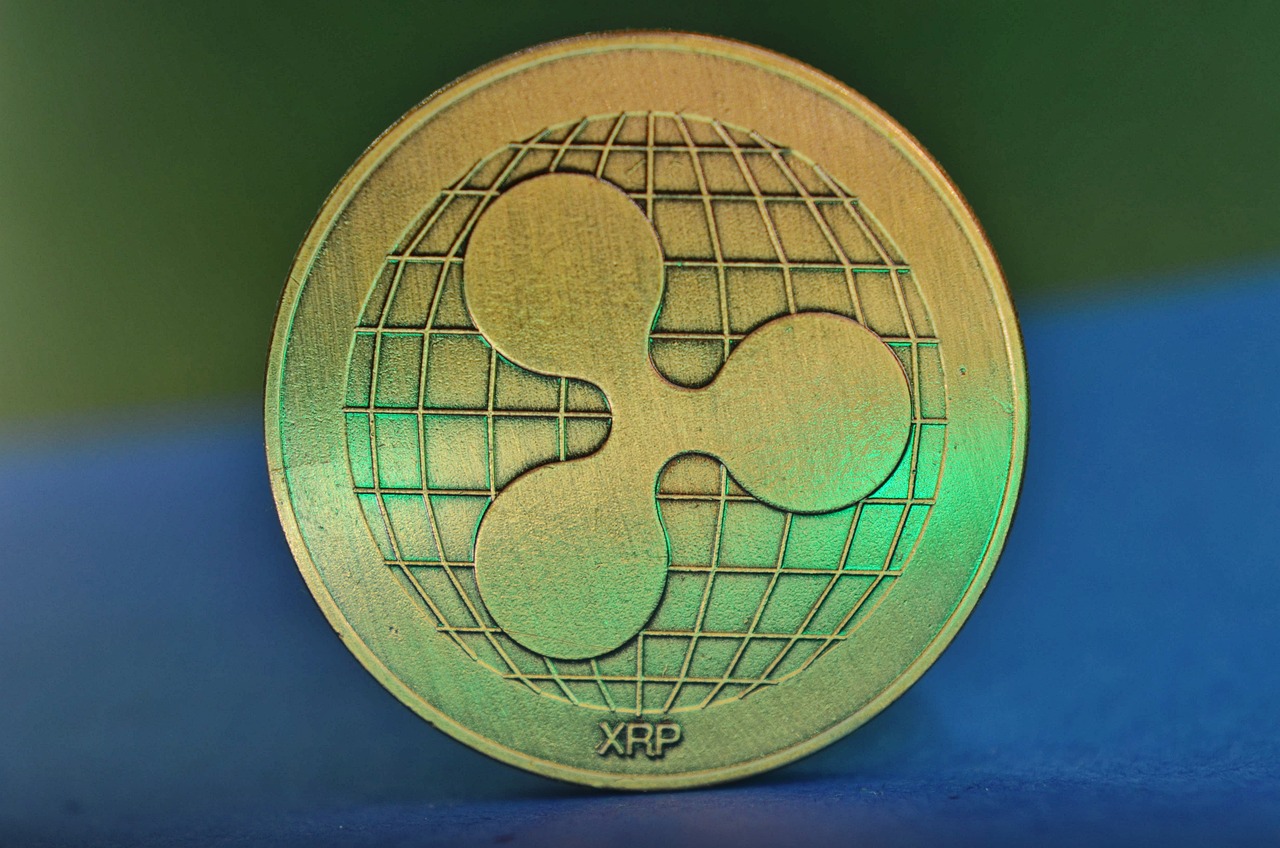Visa says tens of billions of dollars of stablecoin transactions aren’t organic. Could that be true?
Visa recently unveiled a dashboard that tracks stablecoin transactions, marking another significant step in the payments giant’s expansion into crypto.
The dashboard labels billions of dollars’ worth of stablecoin transactions as “inorganic.”
Could that be true?
On April 30, for example, the volume of stablecoin transactions was more than $75 billion. But when Visa, working with its partner company Allium, tried to account for bot activity — filtering out what they describe as “redundant internal transactions” and applying an “inorganic user filter” — this figure plummeted to just over $8 billion.
Visa’s head of crypto, Cuy Sheffield, said on social media that Visa had found “a lot of noise” when looking at the usual stablecoin data.
Sheffield said Visa’s approach is designed to spotlight transactions that resemble peer-to-peer payments, thus filtering a substantial volume contributed by bots.
This method, Visa argues, is crucial in isolating transactions initiated by genuine users, which better reflect the utility of stablecoins in routine financial operations.
This methodology is not universally embraced.
Nick van Eck, a co-founder at stablecoin startup Agora, argued that significant and legitimate financial activities are being overlooked.
“This makes no sense,” van Eck told DL News. “Because then it would factor in trading firms, which are entirely legitimate businesses using these products.”
The utility of Visa’s data depends on what the company is trying to achieve, Austin Campbell, an adjunct professor at Columbia Business School, told DL News.
“For Visa, who is probably trying to get a metric that looks like ‘peer-to-peer payments,’ this methodology makes a lot of sense, because they are essentially trying to filter out institutional trading,” he said.
“However, if you care about total net settlement volume and you want to include things like exchange vs. [automated market maker] arbitrage because that’s a financial transaction you care about, this probably doesn’t make sense.”
The right approach?
Some found Visa’s approach reasonable.
“The methodology makes sense if we are trying to measure the organic utility of stablecoins,” Tom Wan, a research analyst at 21Shares, told DL News.
Some centralised exchanges’ in-wallet transfers are huge, he added, pointing to one Tron-based transaction from 2021.
“This transaction is a $9 billion USDT transfer,” he said. “However, it does not represent any organic utility of a stablecoin such as global remittances, payment, DeFi lending, trading etc.”
Anna Yuan, a member of the advisory board at Stablecoin Standard, called Visa’s filters “the right directional approach to breaking down usage.”
Still, there’s a chance the true volume of stablecoin transactions is far higher, according to Ben Milne, founder and CEO at Brale, a create-your-own-stablecoin startup.
“I think it’s possible, personally, that a number of these things are true,” he told DL News. “Including that there is way more stablecoin volume than people realise that is not reflected anywhere here, let alone filtered out.”
Aleks Gilbert is DL News’ New York-based DeFi correspondent. You can reach him at [email protected].





